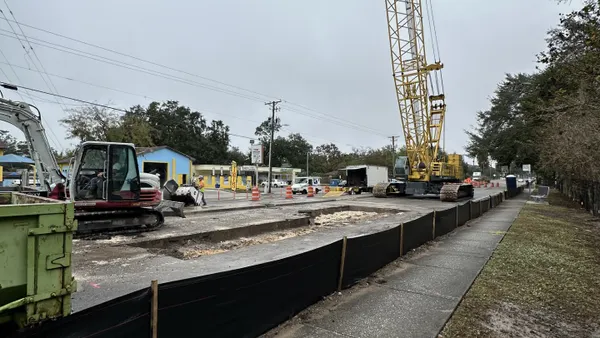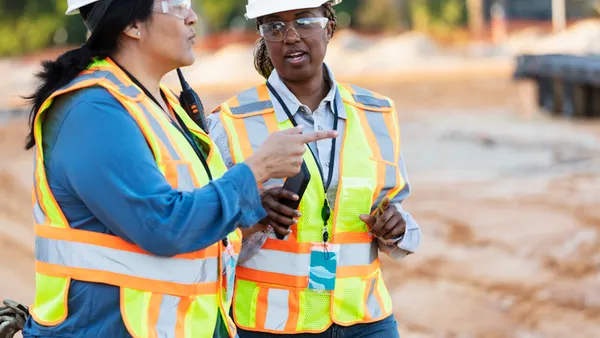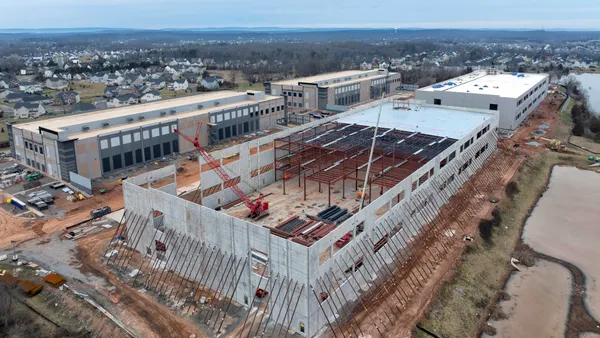To see how this announcement fits into the timeline of border wall construction, click here.
UPDATE: January 9, 2018: President Donald Trump, in a televised address from the Oval Office on Tuesday, reiterated his intention to prolong the partial federal government shutdown until Democrats and other members of Congress grant his $5.7 billion funding request to help build a steel barrier along the U.S.-Mexico border.
Trump said that he had shifted his plan from a concrete barrier to a steel one at the request of the Democrats and that Mexico will indirectly pay for construction via the ”great new trade deal” between the U.S. and Mexico.
What the president did not do is declare the state of the border a national emergency, as some pundits thought he might, thereby militarizing construction of the wall. However, even that would not be a surefire strategy, according to an Associated Press report published in the Military Times. Such a declaration would be sure to kick off a slew of contentious court challenges as to whether the claim had legal merit, further polarizing public opinion along the way.
Dive Brief:
- President Donald Trump’s administration asked Congress on Sunday to authorize $5.7 billion for a “steel barrier” along 234 miles of the U.S.-Mexico border. This request represents $4.1 billion more than current proposed funding levels and a shift from the “wall” terminology that has helped contribute to the opposition to the president’s border security agenda.
- In a letter to Sen. Richard Shelby (R-Ala.), Russell Vought, acting director of the Office of Management and Budget, said construction of a physical barrier is “central to any strategy to achieve operational control along the border and is critical to stopping individuals from entering the country illegally." Given the other border security and immigration-related items in the letter, the total funding request from the administration is approximately $7 billion.
- In public statements and in a post to his Twitter account, Trump has said he would be willing to fund and build a border barrier through the declaration of a national emergency if Congress fails to approve the $5.7 billion. Such a move, according to a Reuters report, would likely end the current government shutdown, which was kicked off by Congress’ and the president’s failure to reach an agreement on the funding of a border wall. However, it would also probably launch a legal fight that would delay the project’s progress, or alternative resolution, even further.
Dive Insight:
Despite protests from activists and many lawmakers, the administration still is keeping some contractors busy with border wall construction. The most recent award was announced in November and went to San Antonio, Texas, construction company Gideon Contracting. The company will receive up to $5.7 million to install as many as 39 automated border wall gates in the U.S. Customs and Border Protection’s Rio Grande Valley Sector. During Thanksgiving week alone, the agency awarded contracts in the amount of $491 million. This included $167 million to Galveston, Texas-based SLSCO Ltd. and $324 million to Barnard Construction Co., based in Bozeman, Montana.
The administration has also won legal battles brought by environmentalists and other groups against the wall so far. Last month, the Supreme Court rejected a challenge to environmental waivers issued by the U.S. Department of Homeland Security for two border wall projects in San Diego County, California.
The waivers, which the department issued in 2017, exempted the DHS from abiding by provisions of approximately 30 other federal and state environmental and preservation regulations, including the National Environmental Policy Act and the Endangered Species Act.










